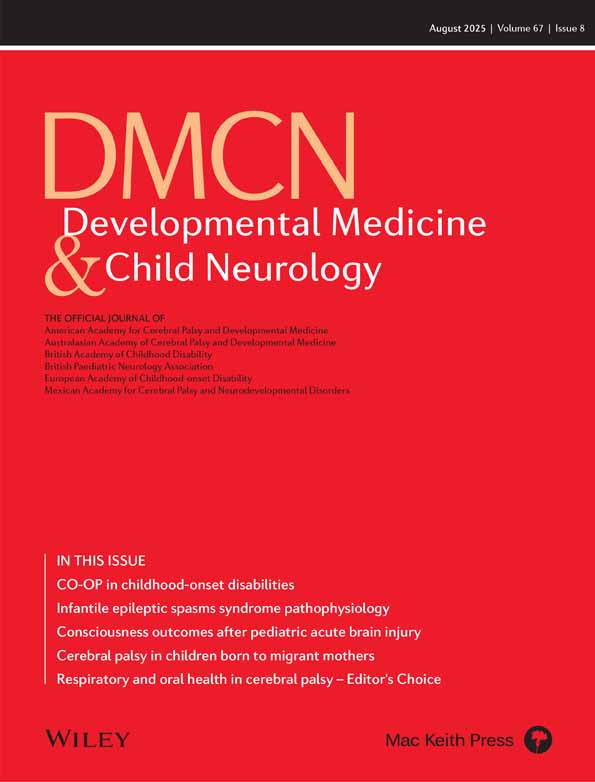Autism following a history of newborn encephalopathy: more than a coincidence?
Abstract
Between June 1993 and December 1996, 276 term newborn infants with encephalopathy and 564 randomly selected term controls were enrolled in a population-based study of moderate and severe term newborn encephalopathy (NE) in Western Australia. During comprehensive neurobehavioural and cognitive follow-up of all patients and controls at 3 years and again at 5 years of age we found an unexpected but strong association between NE and autism spectrum disorders (ASDs). A diagnosis of ASD by age 5 years was reached using criteria according of the Diagnostic Statistical Manual, 4th edition. Linking records to the Western Australian Disability Services Commission Register ensured that no child in the study with ASD was missed. By age 5 years, 37 (13.4%) infants with NE and one (0.2%) control had died. Among the 239 survivors of NE, 12 (5%) were diagnosed with an ASD. Of these, 10 (4.2%) met the full criteria for autism, one had pervasive developmental disorder-not otherwise specified, and one had Asperger syndrome. Among the 563 surviving controls, five (0.8%) were diagnosed with an ASD: three with autism, one with autism/possible Asperger syndrome, and one with Asperger syndrome. Compared with the controls, the children who had experienced NE were 5.9 times (95% confidence interval 2.0–16.9) more likely to have been diagnosed with an ASD.
List of abbreviations:
-
- ASDs
-
- Autistic spectrum disorders
-
- NE
-
- Newborn encephalopathy
-
- PDD-NOS
-
- Pervasive developmental disorder-not otherwise specified




